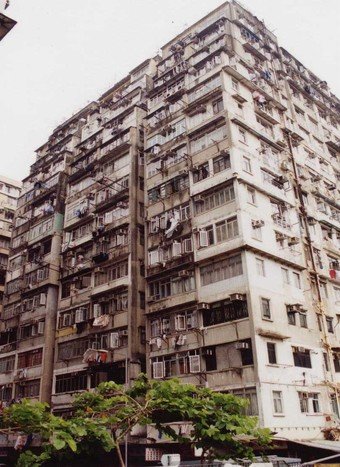
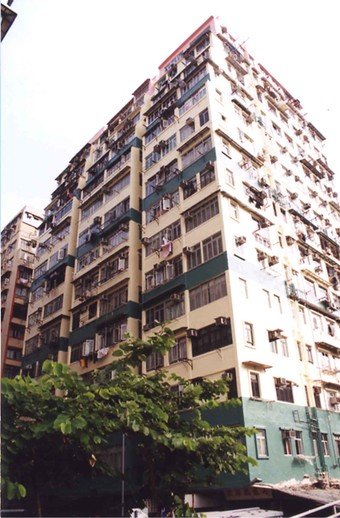
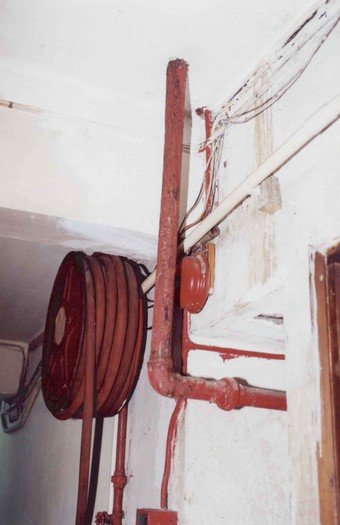
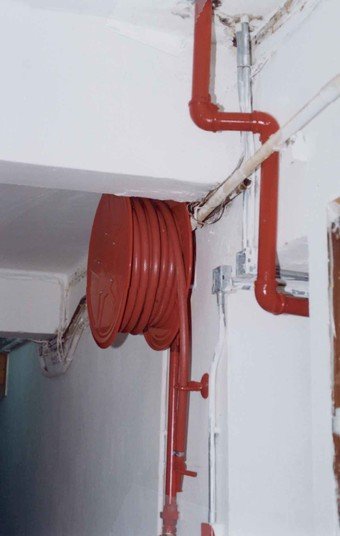
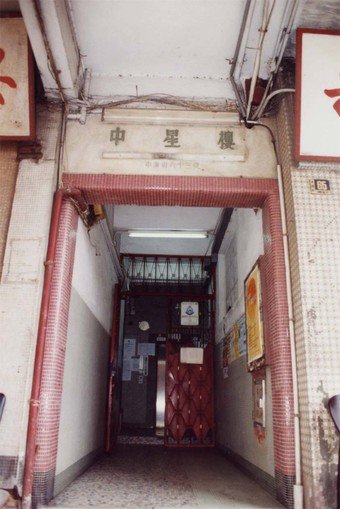
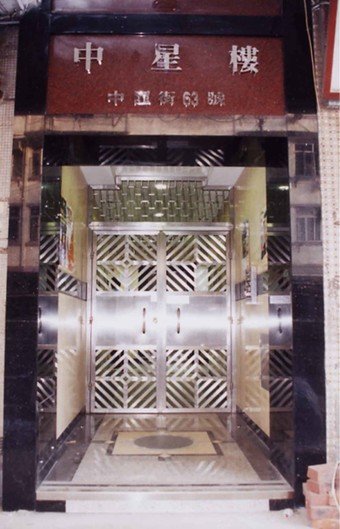
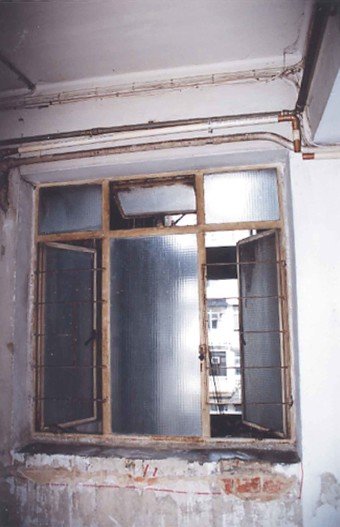
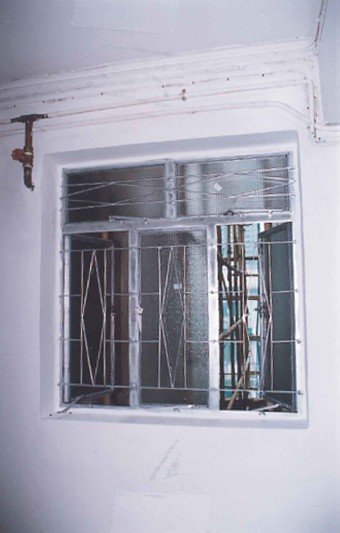
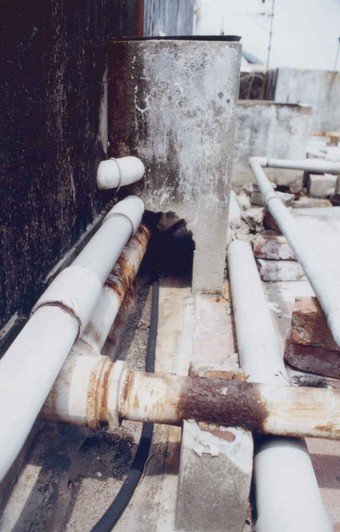
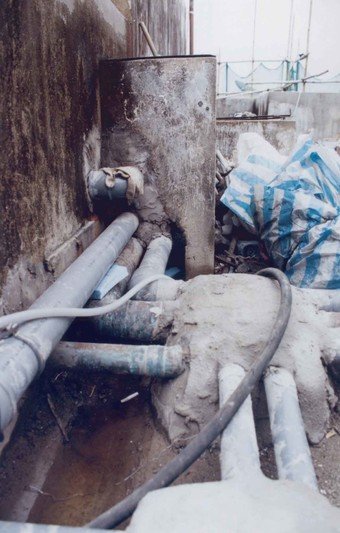
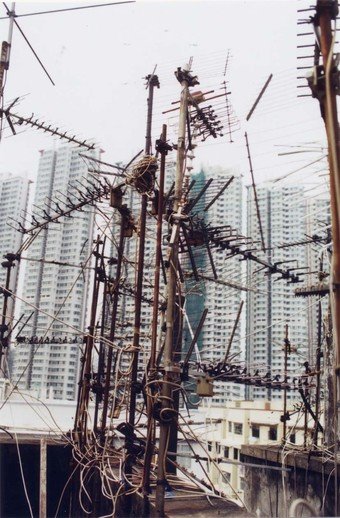
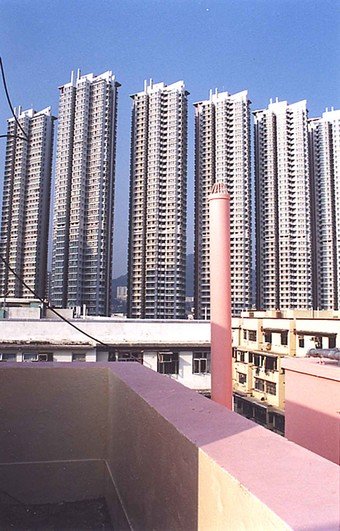
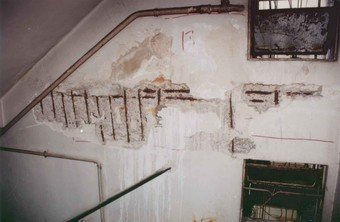
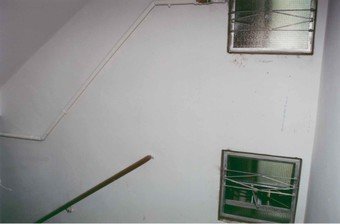
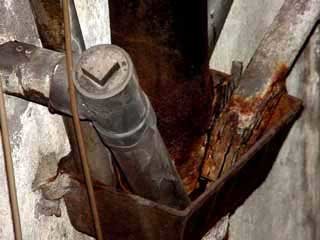
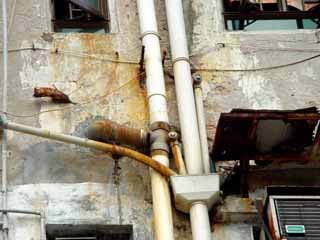
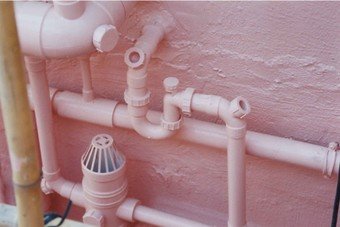
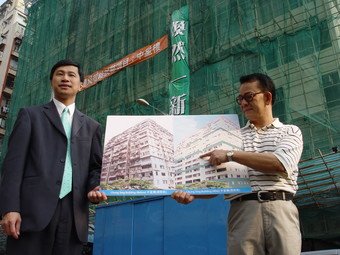
Voluntary Building Rehabilitation Pilot Scheme by URA
The Urban Renewal Authority (URA) announced today (Friday) an
extension of its voluntary building rehabilitation pilot scheme to
help owners of multi-owned old buildings carry out preventive
building maintenance to improve their living environment.
This is URA's initiative on rehabilitation while the Authority is
broadening its horizon by expanding its work to all fronts of the
4Rs, namely Redevelopment, Rehabilitation, Revitalisation and
pReservation.
The URA will approach the owners' corporations of 10 to 15
buildings, involving about 1,200 households in old urban districts
over the next six months and invite them to join the pilot
scheme.
URA District Development Director, Mr Stephen Lam, told a media
briefing today that Hong Kong is facing an acute problem of urban
decay. Although the URA is pressing ahead with redevelopment, the
hard fact is that we cannot only rely on this slash-and-burn
approach and the URA's resources to arrest the problem. "Not all
old buildings are beyond repair and redemption. Many of them are
structurally sound and, given proper rehabilitation treatment and
regular management, will remain serviceable for many more years.
However, these old buildings will become dilapidated if the owners
evade their responsibilities to repair and maintain their buildings
properly. This will impose increasing burden on urban renewal,
which the public resources cannot cope with," he said.
"The URA has no legal powers to enforce rehabilitation but it can
supplement the Government's efforts by offering practical
assistance and incentive to the owners to carry out rehabilitation
on a voluntary basis on top of the mandatory basic repairs. Many
owners' corporations are particularly keen to do something ever
since the outbreak of SARS to improve the hygienic conditions of
the drainage system and other common facilities," he added.
Specifically, the URA would offer the following assistance and
incentive:
- technical advice on building rehabilitation works, which
includes advice on implementation programme, building inspection,
tendering and supervision; and
- supply of renovation materials not exceeding 10% value of the total cost of the works. This is to assist owners' corporations to proceed with the rehabilitation work smoothly.
Owners of buildings satisfying the following general criteria may be invited to participate in the pilot scheme:
- with established owners' corporations;
- buildings around or over 30 years old but are still
serviceable;
- subject to statutory action under the Buildings Department's
Co-ordinated Maintenance of Buildings Scheme or "Blitz" Operations
or other relevant statutory orders; and
- located within or near the Urban Renewal Target Areas of the Authority.
Mr Lam also stressed that redevelopment would remain to be URA's
core mission. However, URA's voluntary rehabilitation initiatives
have nothing to do with its redevelopment programme. The pilot
scheme is strictly for building rehabilitation purpose only.
The pilot scheme, which would run for six months, would not for the
time being open to the public for application. The Authority will
consider expanding the scope of the scheme after review. It is
estimated that if 15 buildings would join the pilot scheme in the
next six months, it would cost the URA about $4 million to provide
them with renovation materials.
The URA will work closely with government departments concerned,
particularly the Buildings Department and Home Affairs Department,
to invite owners to join the scheme.
Earlier this year, the URA has identified several buildings to
carry out a preliminary test of the feasibility of the pilot
scheme. The Chung Sing Building at Tai Kok Tsui is the most
distinctive one so far.
Located at the juncture of Chung Wui Street and Kok Cheung Street,
the 37-year-old building has a total of 197 units. It was enlisted
earlier by the Buildings Department under its "Blitz" Operations.
Assisted by technical advice and liaison work by professional staff
of the Authority, the rehabilitation works have progressed
smoothly. The total work cost is about $4.7 million, of which
$300,000 is the cost of renovation materials provided by the URA,
including protective paint for external wall, drainage materials
and water-proof materials on roof.
"URA's voluntary rehabilitation scheme is untried and unproven on a
larger scale. We need to assess its feasibility in light of the
experiences to be gained in the pilot scheme. There are other
options under consideration by the URA to promote voluntary
rehabilitation, subject to discussion with the Government. We also
need to look at new measures to be introduced by the Government for
strengthening building management and maintenance for the long term
and see how our initiatives can tie in with them," he added.
